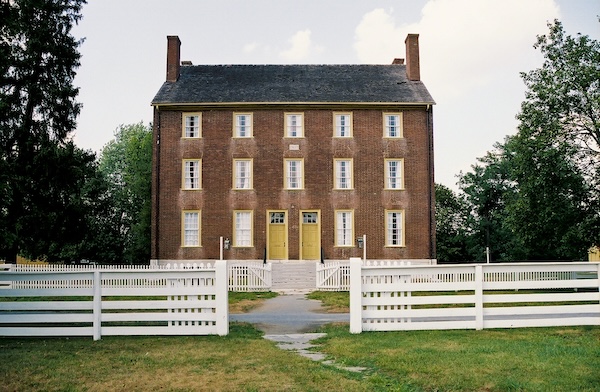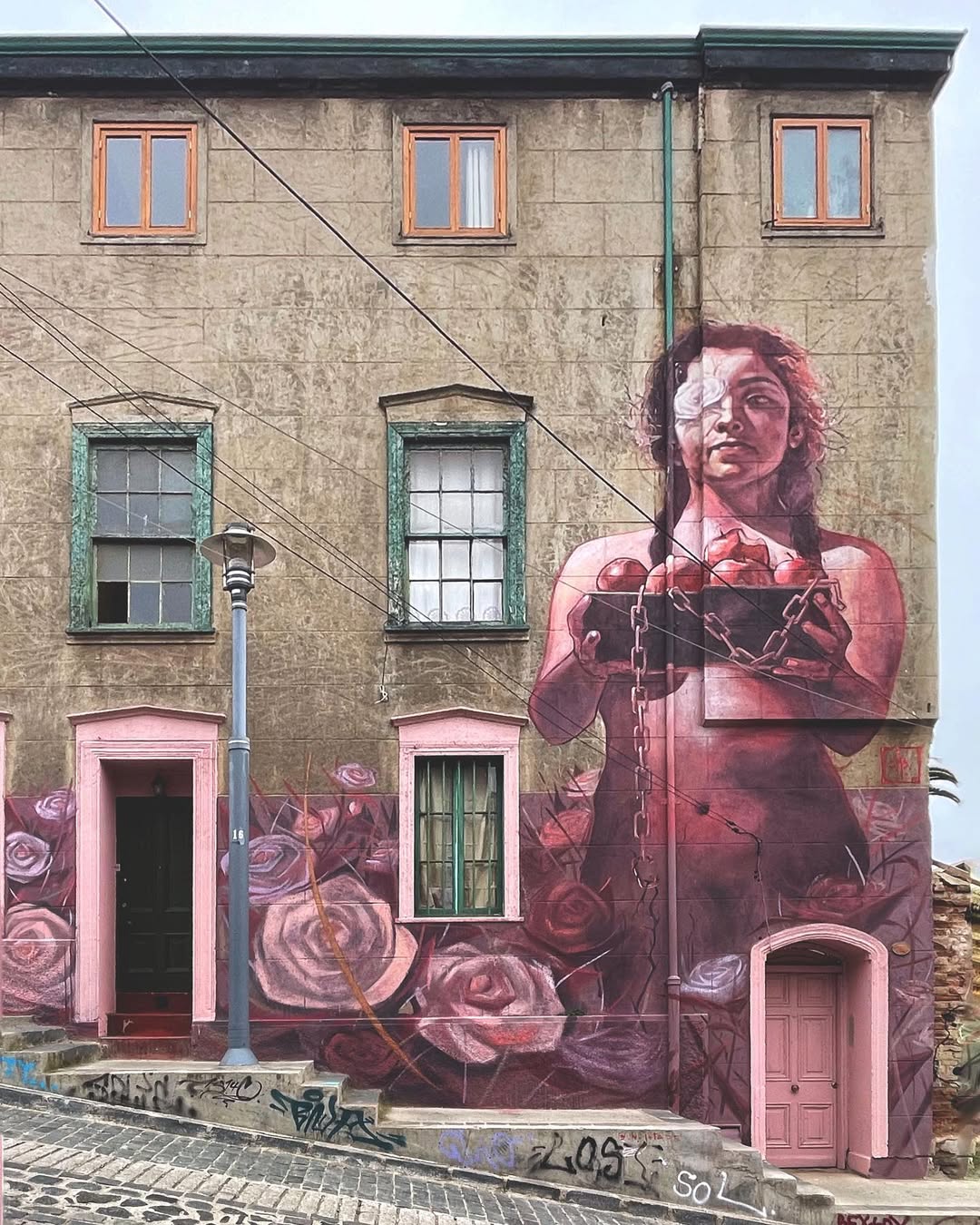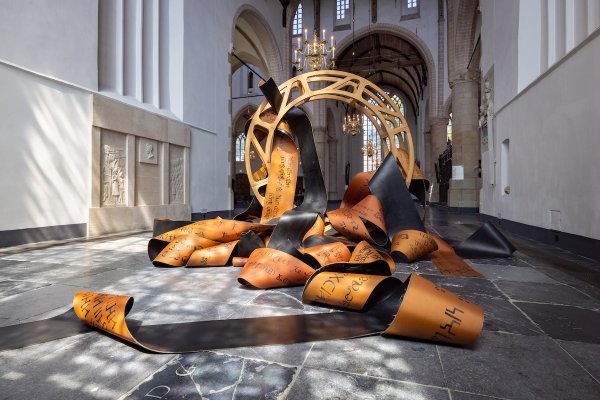
Seeing Things Clearly
For now we see through a glass darkly. 1 Corinthians 13: 12
Artists, mystics and seers have attempted through the ages to give visual substance to the search to apprehend the face of Jesus Christ. Veronica’s veil which miraculously rendered the face of Christ into the fabric used by Christ, as he wiped his brow on his journey to the cross, was the first miraculous representation. Since that time images have been venerated, revered, for their holiness and power of truth, but they have at times also been desecrated or even destroyed as weak and misleading figurations of a likeness that is not able to be represented in human form. What are we then to make of this depiction of Christ by artist Margaret Ackland, where a copy of a familiar Christ image has been partly covered over by the fine translucency of a crumpled sheet of paper?
Lying underneath the surface of Ackland’s work is perhaps a partial reference to the famous work by US artist Warner Sallman, painted in 1940. This remains one of the most reproduced images of the figure of Christ, which was widely distributed to US soldiers during the Second World War.

Warner Sallman: The Head of Christ
Since that time it has served to reinforce the image of Christ as a Saviour who is of European origin with blue eyes and long blond hair. The partial covering of this figure does not reduce its recognition, as many people instantly recognise not just the work, but the face as the face of Christ. This depiction and depictions like it have become normative for many generations of devotional art and have become, in essence, a form of blindness.
The artist has introduced a veil-like surface painted across this familiar form. It has obscured and also complicated its likeness and presence. We have to move over and through this veil to see. This physical effort of our eyes is an activity in itself that offers illumination. Acts of veiling slow down our seeing in a manner that draws attention to its limitations and boundaries. Art can illuminate but it can also obscure. This veiling activates an awareness of the depth or distance that is between our eye-sight and our insight. We live in the age of the image, where our lives are animated by vision to live in a state of glossy anticipation, as if in heaven, with all our appetites activated through the consumption of these images. But do we truly see? And do we see what we truly desire?
Ackland’s work is a stepping back from easy devotion. This work represents the necessary process of seeing more deeply through erasing the comfortable images of the familiar that activate popular devotion, the kitsch-like condition of some religious forms. This act of veiling is an invitation to see more clearly, to hone the apparatus of our seeing, to realise the prejudices and assumptions we have about the face we call Christ. This Christ might not be our neighbour after all, but the stranger who we fail to recognise on the journey to Emmaus.
The artist presents us with a difficulty and visualises a layer of our seeing that often goes unacknowledged. In an age where we are overwhelmed by the sheer volume of images that pull and push our desires, seeing needs this necessary training to not believe in surfaces but in the depth found in erasing familiar icons, in negating comfortable ideas, and pushing towards the difficult Christ who might look more like a stranger, a trickster or the confronting other.
**********
Margaret Ackland: Obscure, 2002, oil on canvas, 37.5 x 37.5 cms.
Margaret Ackland (born 1954, Australia) is an artist and teacher living in Sydney, Australia. Her work encompasses expressive landscapes, intimate still life works, finely detailed oil paintings of wedding dresses and other rich fabric surfaces, and in recent years a daily practice of small water colours that explore the irony, sadness and confusion of understanding the images that make up our daily news. https://www.flg.com.au/exhibition/present-tense
Rev Dr Rod Pattenden is an art historian and theologian interested in the connection between spirituality and the arts. He has written and lectured widely on the arts and creativity in Australia. He is currently minister of the Adamstown Uniting Church, Newcastle, Australia, where he has developed Adamstown Arts, a vibrant creative arts hub exploring community development, justice and the arts. http://www.rodpattenden.id.au
To watch a video report on the Altar/d Art Installation Series in Newcastle, Australia, click here
ArtWay Visual Meditation November 11, 2018
%20(1).png)












